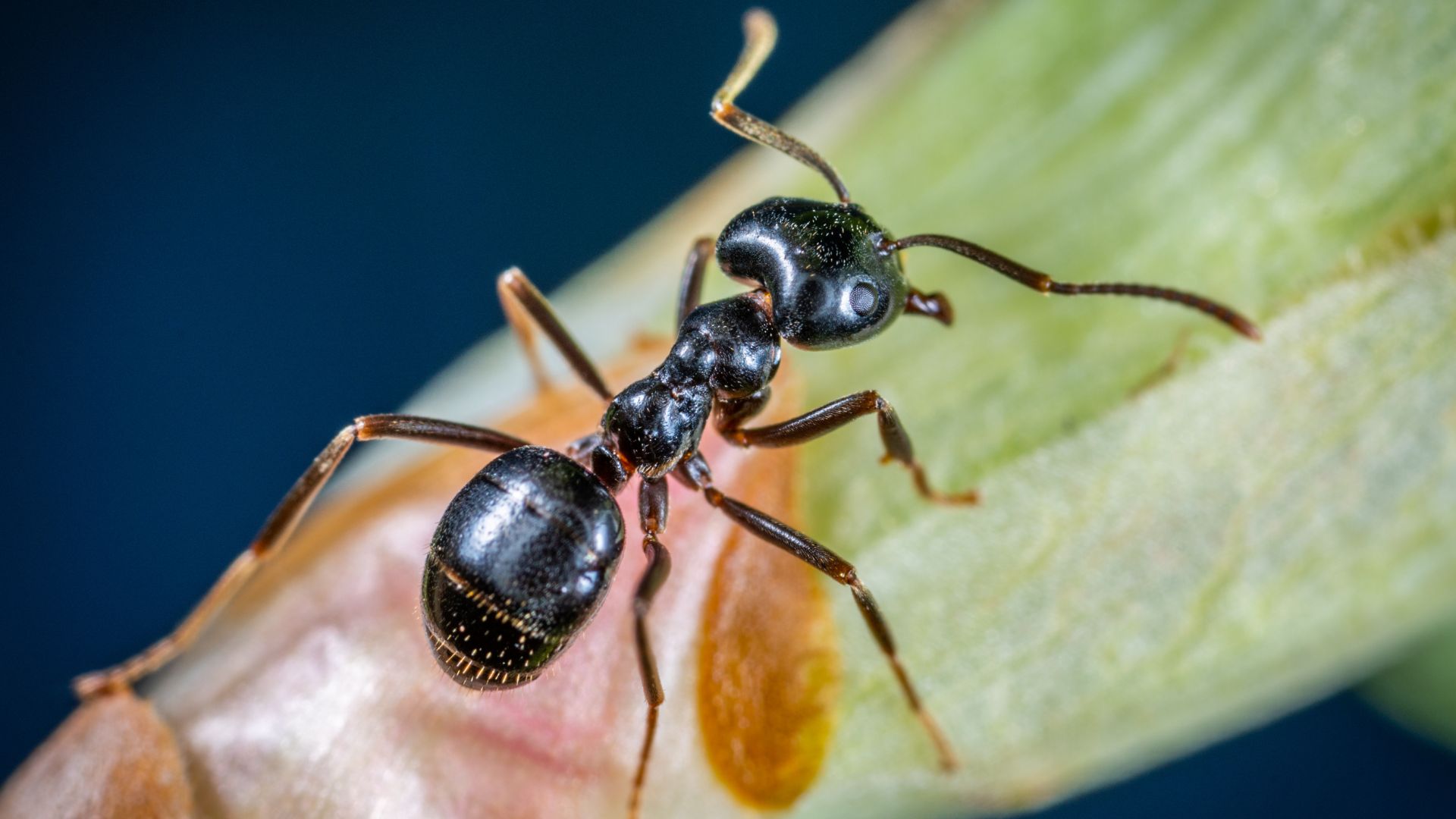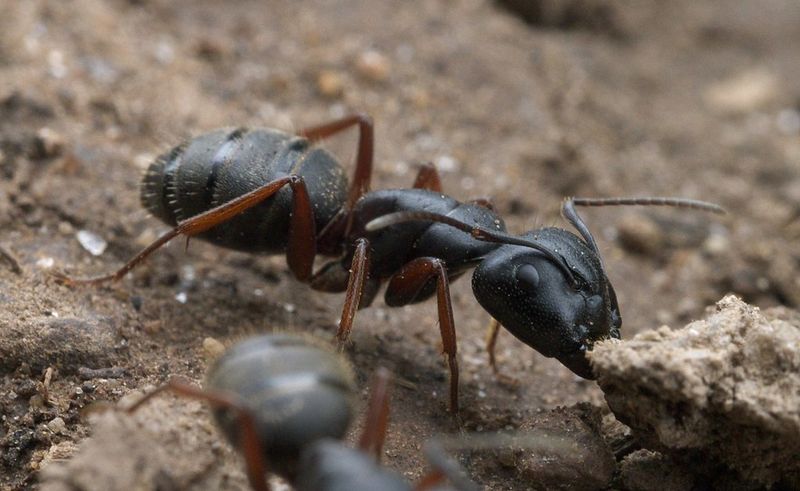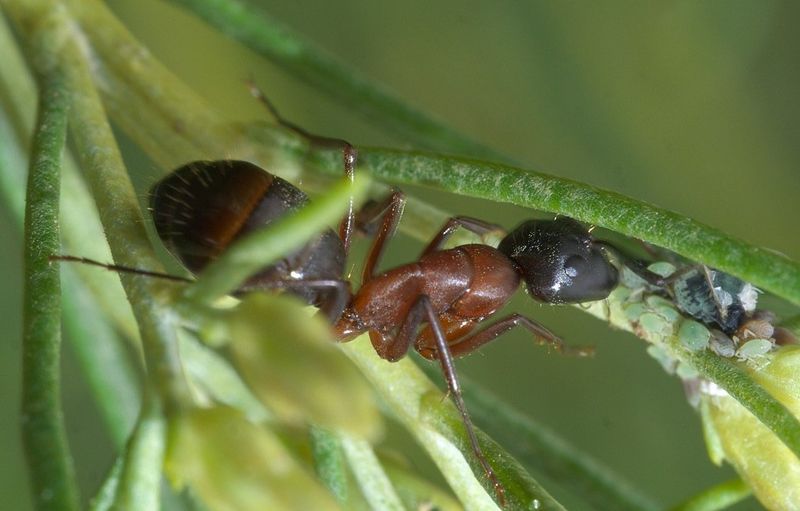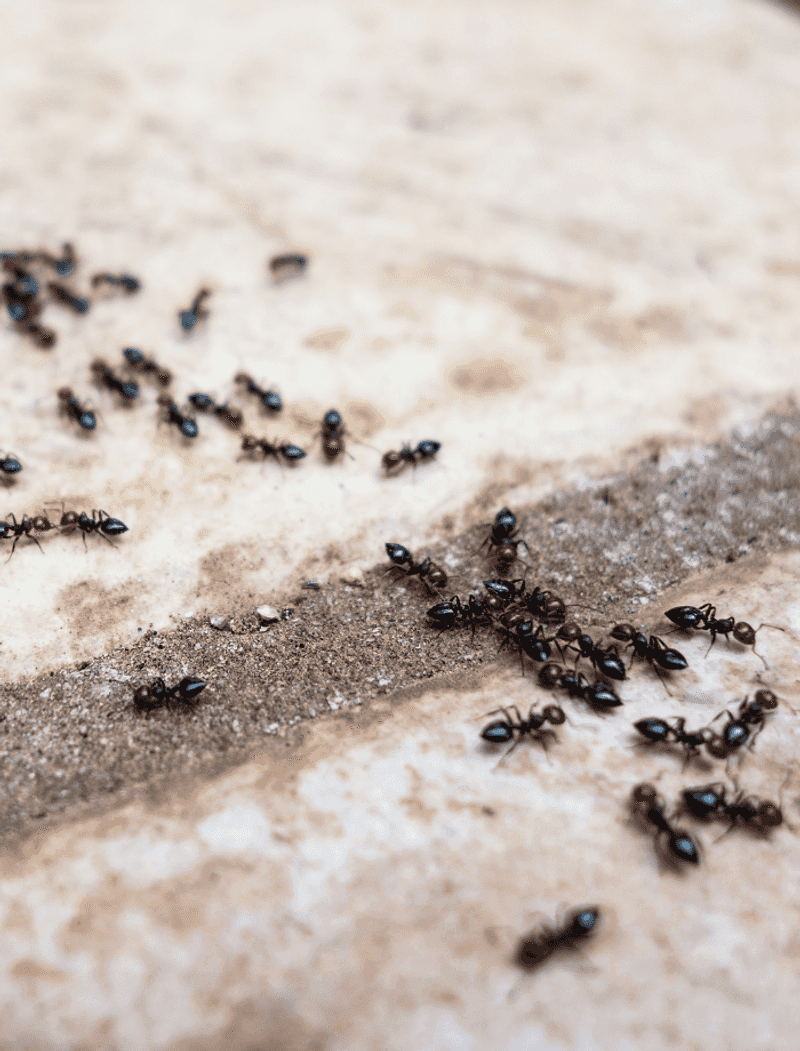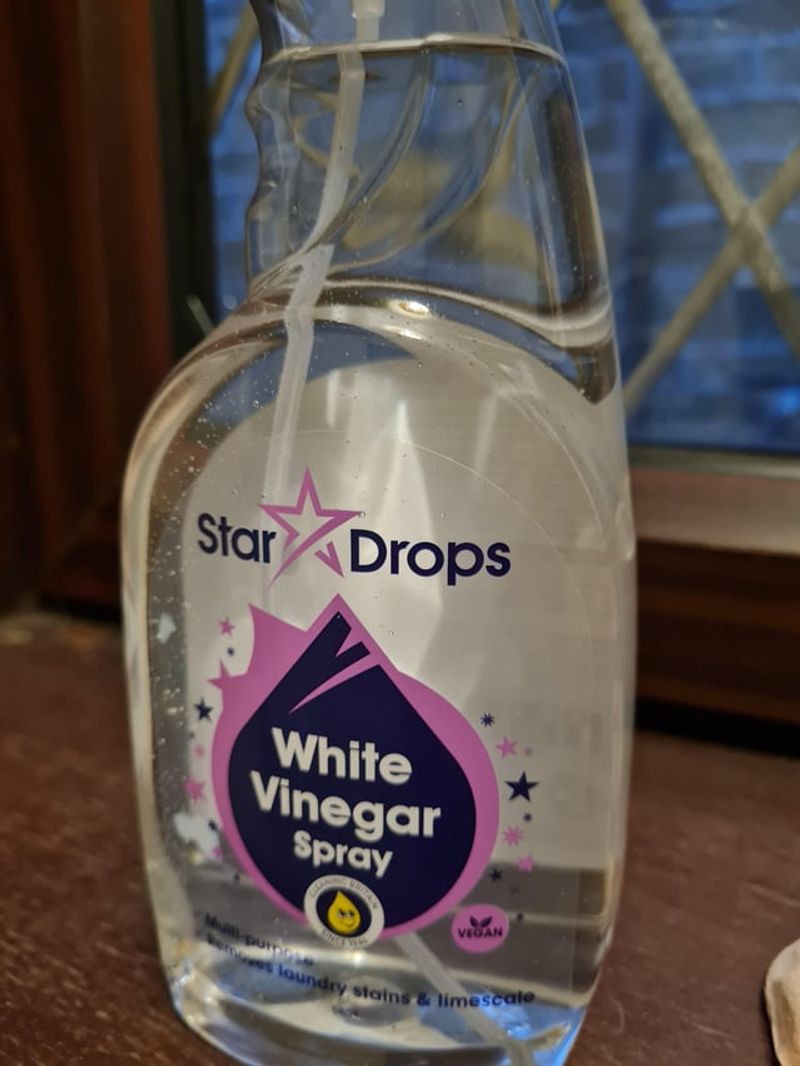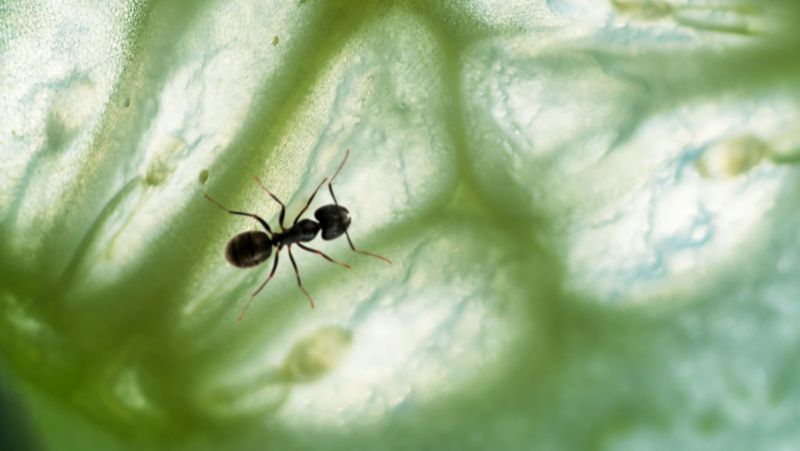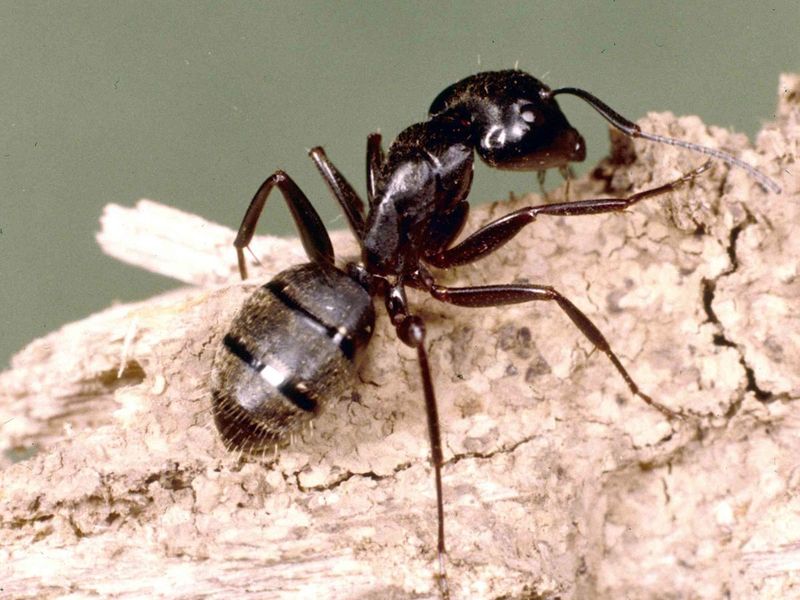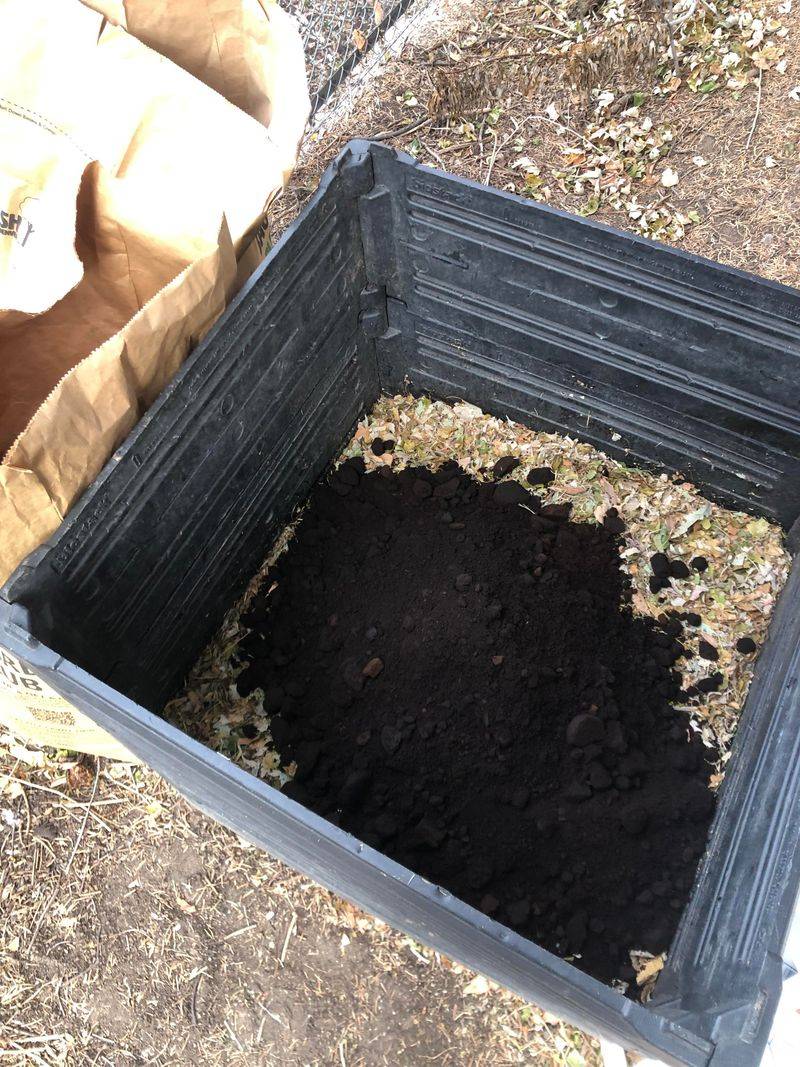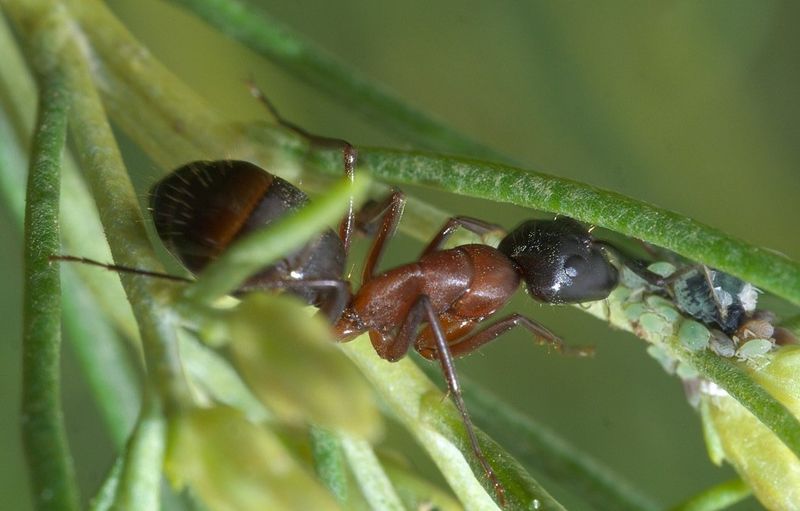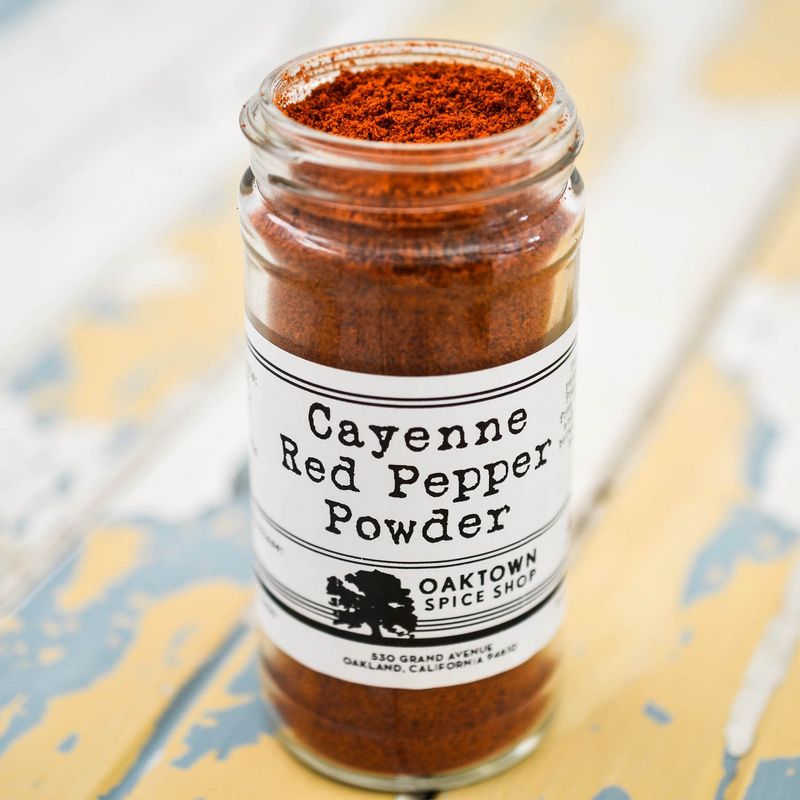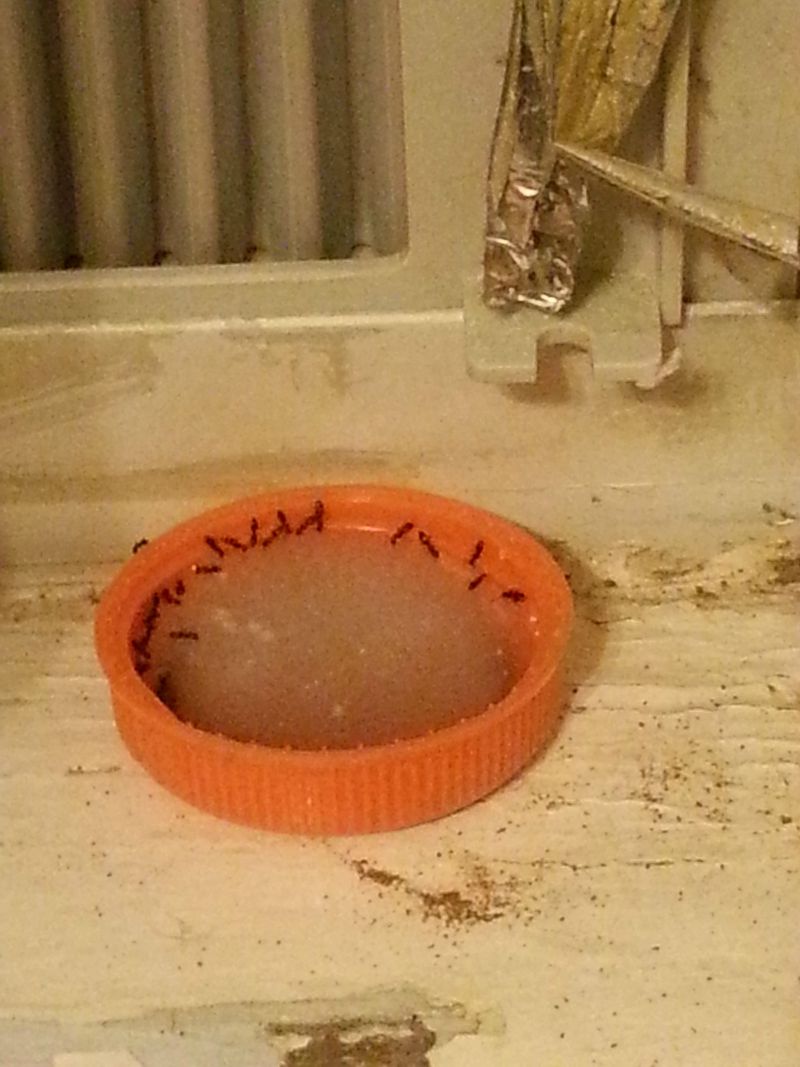Finding carpenter ants crawling around your garden or patio can be unsettling—especially once you realize they’re not just visitors, but potential homewreckers. I remember spotting a few near our shed and thinking nothing of it… until I found a trail disappearing into the wood siding.
Unlike your average garden ant, carpenter ants actually tunnel through wood to make their nests, and that can mean real trouble for fences, raised beds, or even your house. But before you reach for heavy-duty sprays, know that there are safer, plant-friendly ways to deal with them.
With a little persistence and some natural remedies, you can send these pests packing without harming your garden or local wildlife. Let’s take a look at the best ways to protect your space—naturally.
1. Diatomaceous Earth Barriers
This powder might look harmless to us, but it’s actually microscopic razor blades to insects. When carpenter ants walk through it, the powder cuts their exoskeletons and causes them to dehydrate.
Sprinkle a thin line around garden beds, along wooden structures, or anywhere you’ve spotted ant activity. I was amazed at how quickly the ant trails disappeared after applying it around my deck posts.
Reapply after rain since moisture renders it ineffective. The food-grade version is safe around pets and won’t harm beneficial garden insects unless they directly contact it.
2. Cinnamon Essential Oil Spray
Carpenter ants absolutely hate the smell of cinnamon. Their sensitive antennae can’t handle the potent compounds that give cinnamon its distinctive aroma.
Mix 15-20 drops of cinnamon essential oil with water in a spray bottle and target ant trails, entry points, and nesting areas. For extra strength, add a teaspoon of dish soap to help the solution stick better.
The spray won’t kill ants instantly but disrupts their chemical trails and creates a barrier they avoid crossing. My garden fence stayed ant-free for weeks after just one thorough application.
3. Borax And Sugar Traps
Borax is a natural mineral that fatally disrupts ants’ digestive systems. When mixed with something sweet, it becomes irresistible bait that worker ants carry back to the colony.
Combine equal parts borax and sugar with enough water to make a syrupy mixture. Place small amounts in bottle caps near ant trails but away from plants and curious pets.
The worker ants will take this poisoned treat back to share, eventually reaching the queen. Within a week of setting these traps near my shed, the carpenter ant population noticeably dwindled.
4. White Vinegar Spray Solution
Vinegar’s acetic acid dissolves the waxy coating on ants’ bodies and interferes with their scent trails. A simple vinegar solution can both kill ants on contact and prevent others from following the same path.
Mix equal parts white vinegar and water in a spray bottle. Some gardeners add a few drops of essential oil like peppermint or tea tree for extra repellent power.
Spray directly on ant trails and around wooden structures. The smell dissipates quickly for humans but remains detectable to ants. After using this around my garden beds, I noticed carpenter ants actively avoiding the treated areas.
5. Beneficial Nematodes
These microscopic worms might sound scary, but they’re actually garden heroes. They seek out and parasitize various insect pests, including carpenter ant larvae, without harming plants or beneficial insects.
Purchase nematodes from garden centers and mix with water according to package directions. Water the soil around ant-infested areas in the evening when UV light won’t kill these helpful organisms.
The nematodes will hunt down ant larvae in the soil, breaking the reproductive cycle. They worked wonders in my garden’s problem areas while leaving my earthworms and other helpful bugs completely unharmed.
6. Citrus Peel Oil Deterrent
The oils in citrus peels contain d-limonene, a compound that’s toxic to ants and disrupts their neurological functions. Carpenter ants particularly dislike the intense citrus smell.
Save orange, lemon, or grapefruit peels and boil them in water for 15 minutes. Once cooled, strain and pour the solution into a spray bottle for use around entry points and ant trails.
For stronger results, you can also place fresh peels near problem areas. The scent gradually fades, so replace peels every few days. This method kept my garden shed entrance completely ant-free throughout summer.
7. Cucumber Peel Barriers
Cucumber contains compounds that ants find repulsive. Something about these compounds confuses their communication systems and disrupts their ability to follow scent trails.
Simply place cucumber peels or slices in areas where you’ve noticed carpenter ant activity. Replace them every couple of days as they dry out and lose potency.
While this might sound too simple to work, I’ve found it surprisingly effective for creating temporary barriers around potted plants and garden furniture. The ants completely change direction when they encounter the cucumber barrier.
8. Food-Grade DE And Powdered Sugar Mix
Combining food-grade diatomaceous earth with powdered sugar creates a deadly but natural ant bait. The sugar attracts the ants while the DE does the dirty work of dehydrating them.
Mix one part DE with one part powdered sugar and lightly dust the mixture near ant trails and suspected nest entrances. The fine powder clings to ants’ bodies as they walk through it.
Unlike straight DE, this mixture actively attracts ants rather than just catching those that happen to cross it. After trying this blend around my garden shed foundation, the carpenter ant activity stopped within days.
9. Baking Soda And Powdered Sugar Trap
Baking soda creates a fatal reaction when consumed by ants. When their acidic digestive systems interact with the alkaline baking soda, it produces gas that the ants cannot expel, with deadly results.
Mix equal parts baking soda and powdered sugar, then place small piles near ant trails. The sugar attracts them while the baking soda eliminates them. This mixture works best in dry areas where it won’t clump.
I placed small amounts on jar lids near my garden’s wooden retaining wall and noticed significantly fewer carpenter ants within a week.
10. Coffee Ground Barriers
Used coffee grounds contain compounds and acids that naturally repel many insects, including carpenter ants. The strong smell interferes with their ability to detect food sources and communicate with each other.
Sprinkle used coffee grounds around the base of wooden structures, garden beds, or anywhere you’ve spotted ant activity. The grounds can be worked into the soil where they’ll also add nutrients.
Coffee grounds need replacing after rain, but they’re free if you’re already a coffee drinker. My morning coffee routine now includes saving the grounds for spreading around my garden’s vulnerable wooden areas.
11. Peppermint Oil Deterrent
Carpenter ants can’t stand the strong smell of peppermint oil. Their sensitive antennae become overwhelmed by the potent menthol compounds, causing them to avoid treated areas entirely.
Add 20 drops of peppermint essential oil to a spray bottle filled with water and a teaspoon of dish soap. The soap helps the oil mix with water and stick to surfaces longer.
Spray this solution on ant trails, entry points, and around wooden structures. The fresh scent is pleasant for humans but sends ants running. This has become my go-to treatment for the wooden arbor in my garden.
12. Cayenne Pepper Barrier
Carpenter ants avoid cayenne pepper because it contains capsaicin, which irritates their exoskeletons and disrupts their ability to follow scent trails. Unlike some repellents, this one holds up well even in damp conditions.
Sprinkle a generous line of cayenne pepper around garden structures, especially near areas showing ant activity. For better adhesion, mix the pepper with a little water to form a paste.
The spicy barrier needs refreshing after heavy rain, but otherwise lasts surprisingly long. When I scattered cayenne around my wooden garden bench legs, the persistent ant trail disappeared by the next morning.
13. Boric Acid And Honey Bait
Boric acid is a natural mineral that fatally disrupts ants’ digestive systems and damages their exoskeletons. When mixed with honey, it creates an irresistible bait that worker ants deliver straight to the colony.
Mix one part boric acid with three parts honey until well blended. Place small amounts on pieces of cardboard in areas with ant activity but away from children and pets.
This sweet poison works slowly by design, allowing workers to share it widely before dying. After placing baits near my garden shed, I noticed the carpenter ant population declined dramatically over about ten days.
14. Cedar Oil Treatment
Cedar oil contains natural compounds that interfere with insects’ octopamine, affecting their nervous systems and making them avoid treated areas. For carpenter ants, it’s particularly effective since they naturally avoid cedar wood.
Dilute cedar essential oil with water according to product directions and spray around wooden structures, entry points, and ant trails. Some gardeners soak cotton balls in cedar oil and place them in problem areas.
The pleasant woody scent is nice for humans but sends carpenter ants looking for new territory. Cedar oil treatment kept my garden’s wooden raised beds completely ant-free all season.
15. Cornmeal Confusion Method
Cornmeal works as a natural ant control through a fascinating mechanism. Ants can’t actually digest cornmeal, but they don’t realize this until after they’ve taken it back to the colony.
Simply sprinkle cornmeal near ant trails and suspected nest entrances. The worker ants will gather it as food and distribute it throughout their colony.
When the ants consume the cornmeal, it swells inside them causing fatal blockages. This method takes patience but worked wonderfully along my garden path where carpenter ants had been streaming from a nearby stump.

